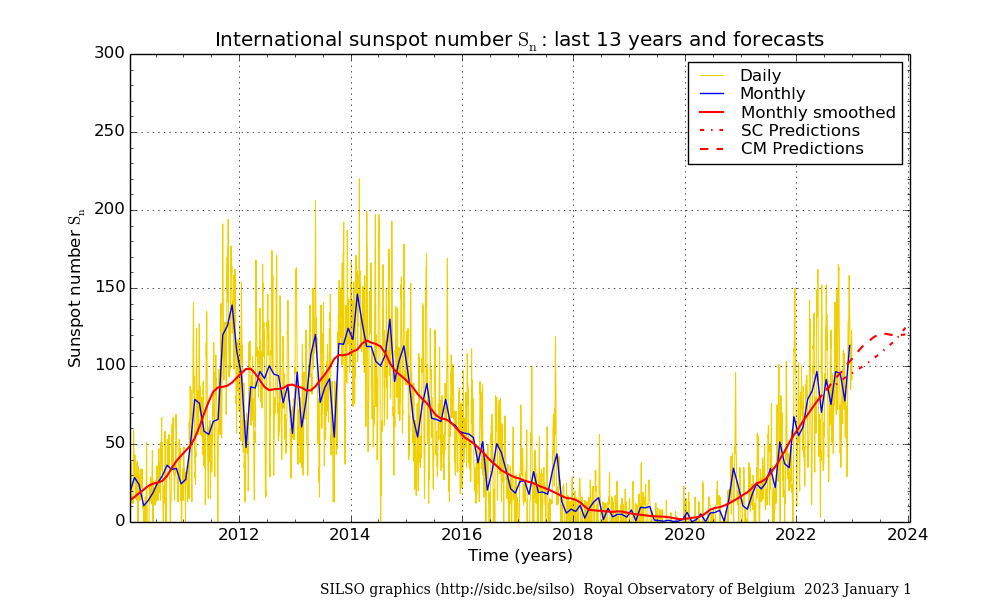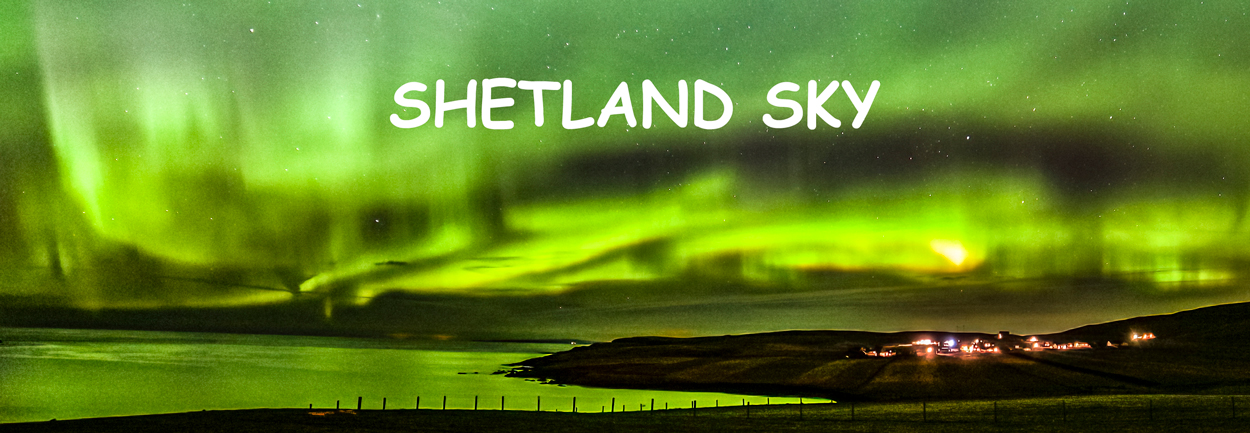You cannot help but wonder whether there is life other than on Earth. The Universe is just an amazing place and for all astrophotographers we are trying to catch a tiny piece of that night sky
You look up and see an amazing sky (when there are no clouds) it seems illogical to even try and photograph the sky, after all the stars as so far away no matter what telescope or lens we use it will only come out as a point of light. But its the arrangement, or composition that we look to create an interesting photo.There are a number of photographers like me that don't use a telescope, only the lens we normally use for day photography.
Venus over St Ninian's Isle
Some photographers are able to produce some outstanding work, both with an without a telescope. What costs is all the little extras, the guider, filters and a fast lens but some go to extra lengths in having their camera converted so that they produce better night time photos. Most of the photographers like in areas with little cloud, ie: Australia or the US but in the end we have to cope with what ever the sky throws at us.
What ever is in the sky we try to capture, it might not be UFO's but the thrill is just the same when we capture the Milky Way, a planet, a moonscape, the ISS or a satellite , or for me it may be a superb sunset, the aurora, the moon reflecting on the sea- the list is endless its up to you, but what ever it is i think that all photos people take of the sky are a great achievement.
Check this out:
http://descrier.co.uk/science/us-military-satellite-explodes-in-orbit-after-catastrophic-event/?
Everyone has to start somewhere and astrophotography is possibly the most demanding aspect of photography, it takes the three
`P' i have talked about in recent blogs. It also is demanding on your equipment, it wasn't intended to take photos of things thousands of miles away. But things are changing, cameras are now coming out specifically for astrophotography and the quality of photos produced are down to pushing technology to its limits.
Whether or not you can keep paying out for the new equipment or whether you are like me and just see what amazing photos you can produce with the equipment you already have.
I have come across many photographers in the past that buy all the new equipment that comes out, spending thousands of pounds a year, yet they had no clue on how to use their equipment. It just becomes a status thing.
So get out, taking into account the three `P' and see what you can achieve, yes its a big learning curve which never seems to end, but don't give up. The more experience you can get the better and keep notes to look back on. Good hunting !
Lets hope we get a cloudless morning on Friday with the eclipse due, see below for times in your area.

There will also be a Super moon the evening before the eclipse, meaning the Earth and moon are as close together as they can be. This makes this 2015 Spring Equinox eclipse a Super moon eclipse, with a Super moon, equinox and eclipse will all fall on the same day
Just looked at the weather forecast for Friday and it doesn't look promising, cloud with possible showers and it could be windy as well. I will be ready for our 9.43 am eclipse whether or not the sky looks promising, there may just be a gap in the sky at the right time !
































